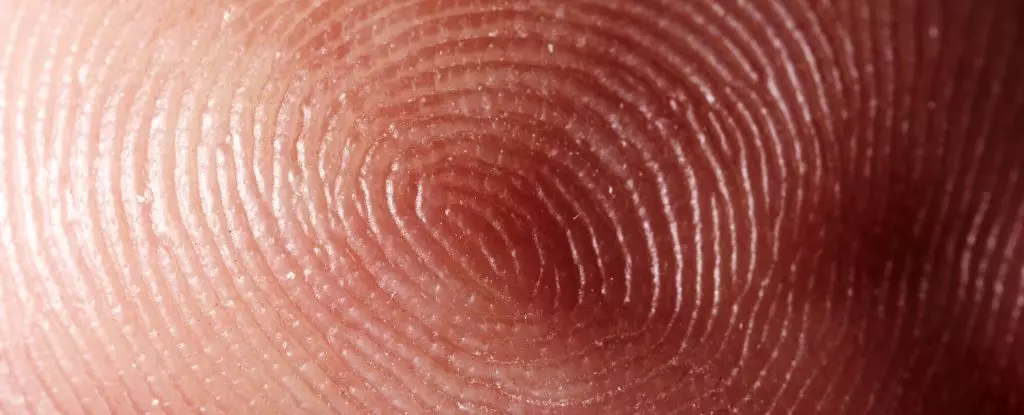For a long time, the scientific community viewed epithelial cells—the essential building blocks of our skin and organs—as mute entities. These cells were primarily recognized for their role in forming protective barriers rather than possessing any significant communicative abilities. Recent research out of the University of Massachusetts Amherst has radically shifted this perspective, revealing that epithelial cells can emit bioelectrical signals akin to a slow, resonating scream when injured. This discovery not only challenges existing paradigms but also opens up novel avenues for biomedical technology.
A Surprising Discovery
The work led by polymath Steve Granick and biomedical engineer Sun-Min Yu elucidates how epithelial cells communicate over vast distances, albeit at a much slower pace than neurons. While neurons send rapid bioelectrical impulses to coordinate bodily responses, epithelial cells orchestrate their interactive “conversations” in a manner that’s a thousand times slower but surprisingly effective. The research involved sophisticated experimentation using an electrode array to measure electrical shifts emanating from these cells when subjected to mechanical stimuli.
The revelation that epithelial cells are not merely passive protectors but active communicators marks an incredible shift in our understanding of cellular biology. Granick notes, “When injured, they ‘scream’ to their neighbors, slowly, persistently, and over surprising distances,” emphasizing the need to reconsider the functionalities of these overlooked cells.
Mechanics of Communication
These signals rely heavily on ion channels nestled in the cell membranes, which govern the movement of charged ions, primarily calcium. Unlike the ion channels in neurons that react to variations in voltage or chemical environments, those in epithelial cells respond directly to mechanical stimuli such as pressure and stretching. The new research shows that the time frames of communication differ vastly as well; while neuron signaling is rapid, the “conversations” among epithelial cells can endure for several hours, an aspect that highlights their role in orchestrating responses over extended periods.
Interestingly, the patterns of electrical signals observed mimic those found in neurons in terms of amplitude and cyclical behavior. This resemblance raises provocative questions about how interconnected the various components of biological communication really are, suggesting that evolution may have designed different systems with underlying principles of communication.
The Implications for Medical Technology
What does this mean for the future of medical practice and technology? The possibility of harnessing this newly discovered communication could revolutionize medical devices, particularly in wound healing. Imagine the prospect of electronic bandages and wearable sensors that could not only monitor healing but actively stimulate cell communication to enhance recovery processes. The researchers are invigorated by the possibilities, illuminating pathways to innovations that can meld biology with technology in ways previously deemed unimaginable.
Yu’s remark that “understanding these screams between wounded cells opens doors we didn’t know existed” encapsulates a sentiment of heightened curiosity and optimism. It implies that a deeper exploration into this field might yield solutions for conditions previously thought hard to tackle, moving us toward a new frontier in regenerative medicine.
Future Directions and Research Needed
Undoubtedly, this discovery marks a pivotal moment in cellular biology and biomedical engineering, yet the research is in its infancy. There is a pressing need for further investigation to unlock the full potential of this cell communication. Questions abound: Are there distinct communicative behaviors among different types of epithelial cells? What role do other bioelectrical signals play in this complex messaging system? Scientists are urged to probe deeper to unravel these mysteries.
Potential implications extend beyond medicine as well. Understanding how these fundamental biological processes function can inspire the development of more effective agriculture techniques, bioengineering projects, and even advancements in artificial intelligence that mimic natural communication.
The groundbreaking findings regarding epithelial cells’ ability to communicate in response to injury could fundamentally transform our understanding of both cell biology and medical technology. This pivotal research not only challenges our current perspectives but also heralds a future filled with opportunities for discovery and innovation. It exemplifies the exciting frontier of science that continues to unveil the intricate and interconnected tapestry of life.


Leave a Reply